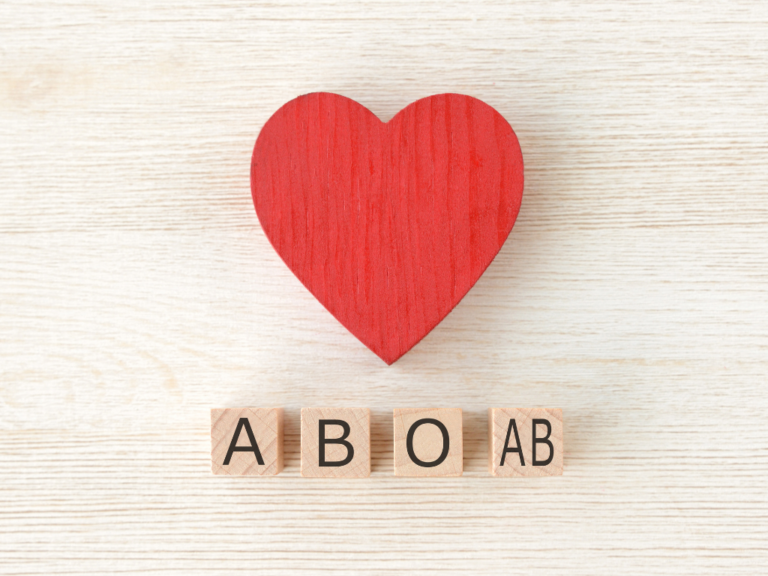Simple tests can reveal if you’re O-positive, AB-negative or something in between
If you’re curious about your blood type, there are several ways to discover it.
The easiest way is to donate blood with the South Texas Blood & Tissue Center. We’ll run tests to determine your type and put it on your donor profile.
Science of blood typing
The most common blood typing is the ABO and the Rh systems. They are determined by:
- The presence or absence of type A or B antigens on your red blood cells. If you have type A antigens on your red cells, you have type A blood. Same goes for type B. If you have neither A nor B antigens on your red cells, you are type O. If you have both, you’re type AB.
- The presence or absence of what is known as the Rh factor. If you have it, you are Rh positive. No Rh factor? Rh negative.
- Your blood type is determined by your genetics – you get it from your parents. While the ABO system is most commonly used, there are hundreds of other types, some of them extremely rare.
The system for determining blood types has been around since 1900.
Figuring out your type
We run simple tests on your blood donation to determine its type:
- A sample of your blood is mixed with antibodies that react to type A, and another is mixed with antibodies that react to type B.
- We look at the samples after they spin around a centrifuge.
- How the samples react to the antibodies – or if they react – determines your ABO type.
- Another small sample is mixed with an anti-Rh serum, and if the cells clump together, you are Rh positive.
Consider scheduling a blood donation. Visit SouthTexasBlood.org.




